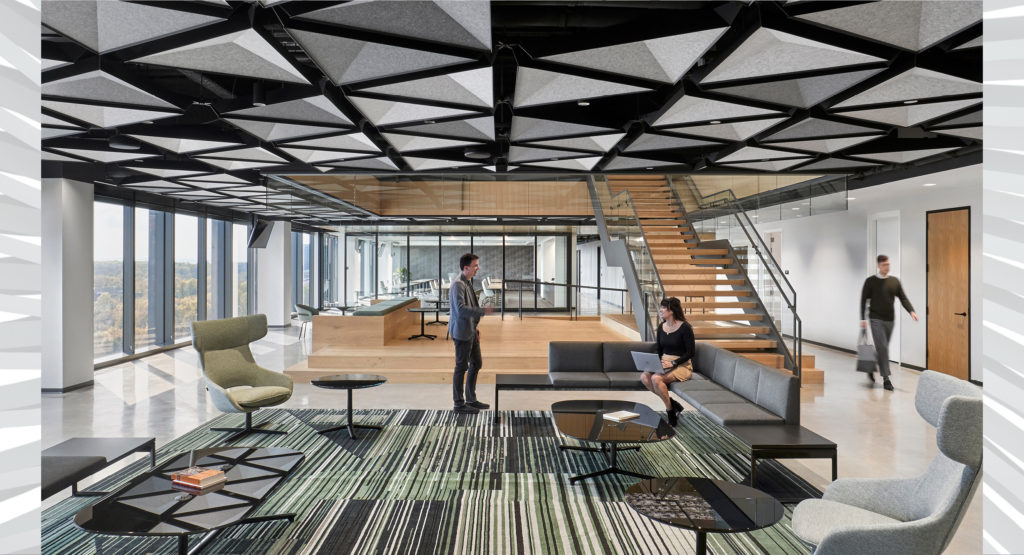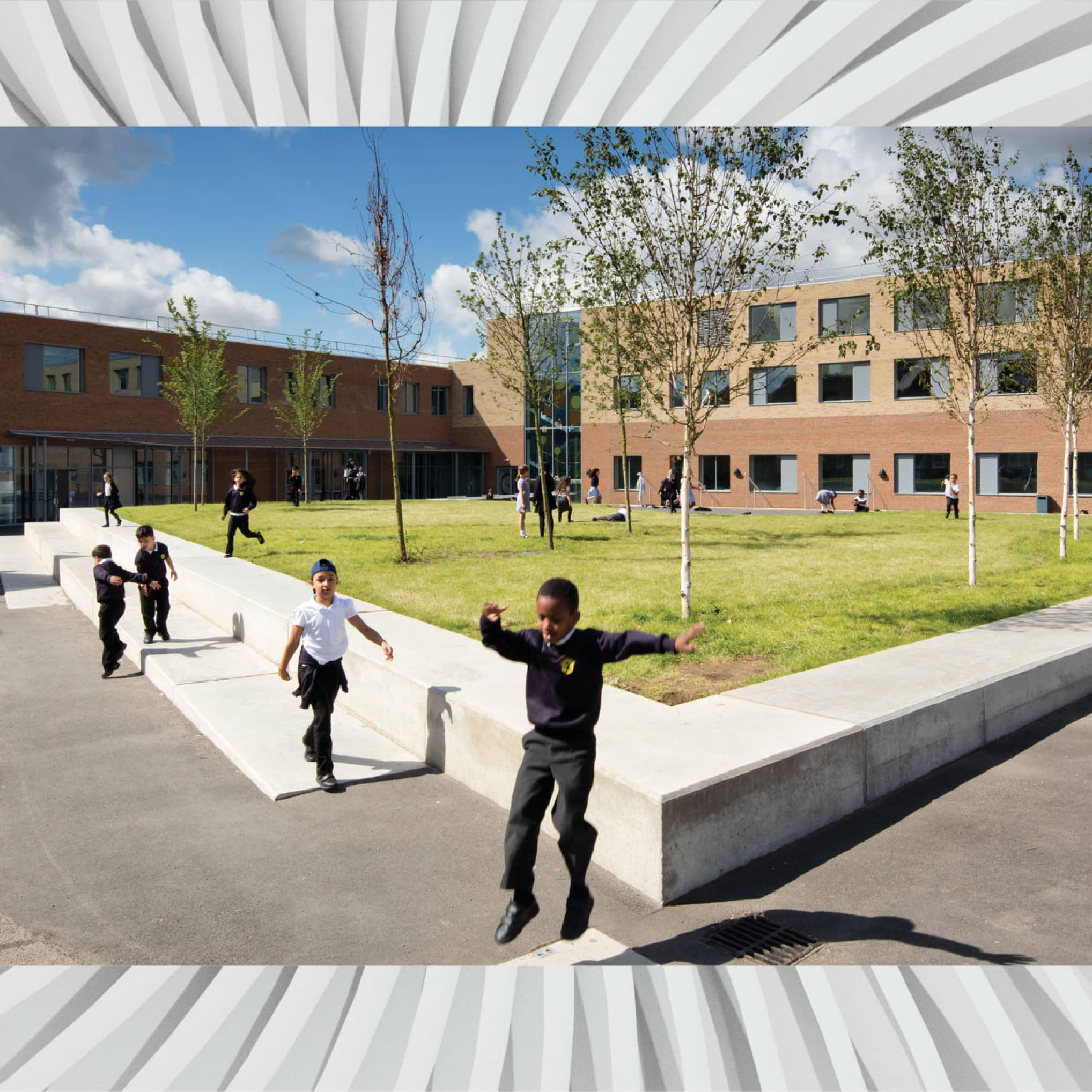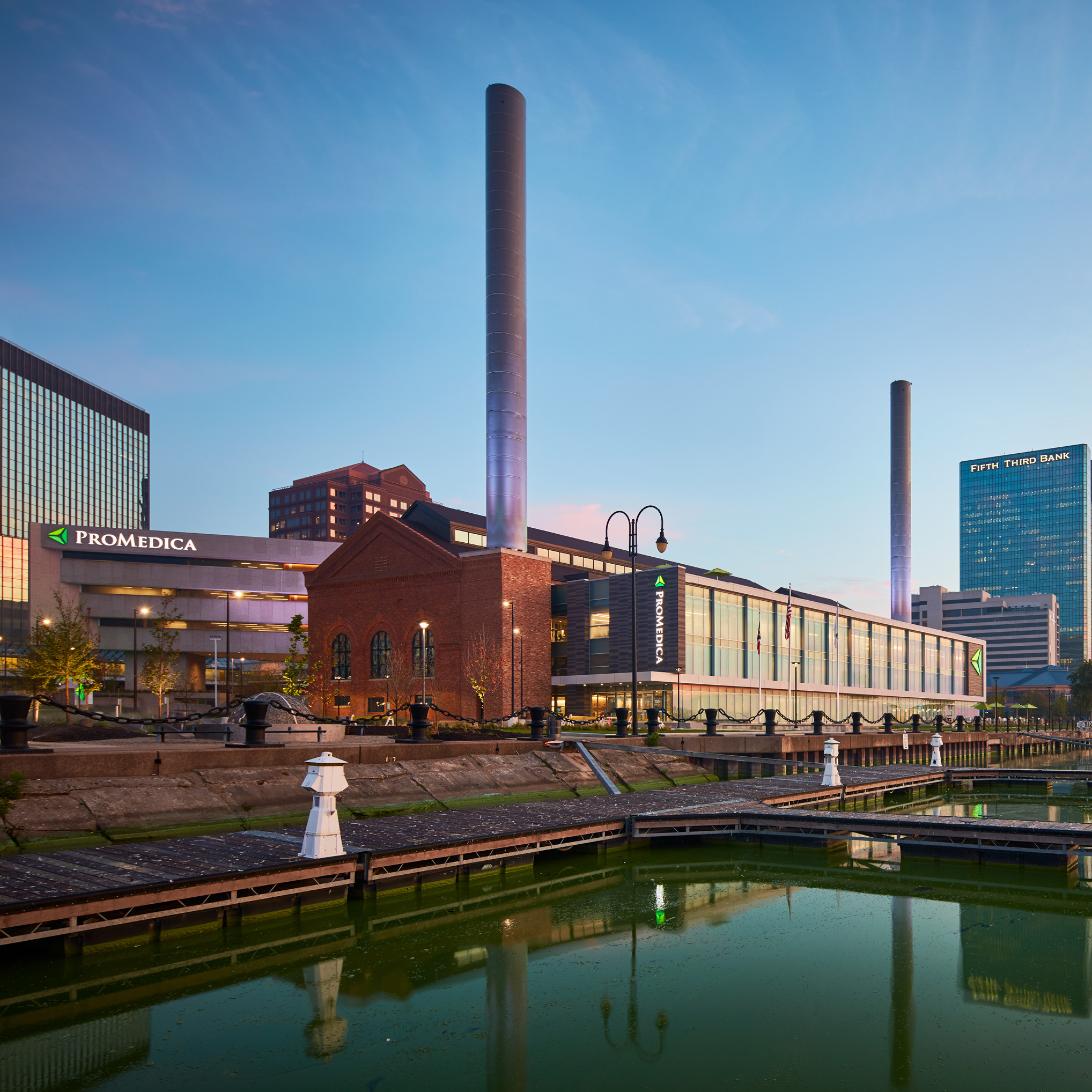
How Hybrid Work Environments Can Fuel a More Equitable World
The world of work unequivocally changed in 2020, when office workers around the globe swapped rushed mornings and long commutes for physical distancing and at-home workspaces. Initially expected to be temporary, these changes have led to a mindset shift that has many companies weighing the pros and cons of a permanently hybrid labor force.
Managers are finding that casual interactions with colleagues might not be enough to entice employees to return to the office. In the era of the Great Resignation, with workers leaving their jobs at record rates, hybrid environments might help companies hold on to their employees.
A recent HKS Limitless webinar showcased how hybrid work environments can fuel a more fluid and equitable world where companies meet their workers where they are to help them find a healthy balance between their personal and work commitments.
HKS Director of Commercial Interiors, Kate Davis, moderated a discussion at the start of the event with keynote speaker Tope Sadiku, Kraft Heinz Company’s global head of the employee experience.
Sadiku said she’s taken inspiration from nature to think about the role that technology can play in designing effective work experiences for different individuals.
A walk in the park one day led her to notice how trees don’t usually overlap each other and are instead connected by a root system that brings them nourishment and keeps them connected below the surface. Sadiku said that realization encouraged her to think about technology as a means of nourishing different organizational functions and sustaining different work styles in this hybrid environment.
“Sometimes we’re afraid of shaking things up but the reality is, breaking the automatic behavior of going into an office enabled us to really rethink how we do things,” she said.
Sometimes we’re afraid of shaking things up but the reality is, breaking the automatic behavior of going into an office enabled us to really rethink how we do things.
One benefit from pandemic work has been the democratization of technology; when access to technology expands rapidly to level the playing field for workers who have conditions that might keep them from performing well in in-person environments.
“You would imagine that somebody loses, and somebody gains, but actually it’s a reshuffling of the baseline,” Sadiku said. “There is this leveling of the playing field. We are in Zoom – all of our boxes are the same, people’s names are written exactly the same font same color. There’s something about people feeling comfortable in their own environment but also being able to express themselves.”
The Changing Workplace
The pandemic has also done something else. It has prompted people to think more about their purpose and whether their current job aligns with their personal goals.
HKS Project Architect, Liz Fallon, continued the Limitless panel conversation with Sadiku and Evelyn Lee, senior experience designer at Slack; Lisa Davidson, chief diversity officer at the real brokerage firm Savills; and Michael C. Bush of the people analytics and consulting firm Great Place to Work.
Fallon asked each speaker to share what has surprised them the most about the hardware of the workplace in the past two years.
Lee said many of the conversations at companies are about how many days employees should come to the office every week. But Lee indicated that such discussions miss the point.
“The conversation we really need to be having is, ‘What is the new way of working that we want to have? How we want to do business and how we want to run operations as we emerge from this pandemic?” she said. “And what are all the operations processes and policies that we need to change? What are the new teaming agreements that we need to form about how we work with our teams?”
Slack, which is a messaging and collaboration app for teams, is leaning into its product by asking these questions in the context of a hybrid work environment for new and old employees, earning their loyalty and trust.
“We’re just being extra cognizant of the fact that a lot of people learn a lot of different ways,” Lee said. “What are the variety of different mechanisms that we can use – Zoom calls, our channels and pre-recorded videos – to meet our employees, where they want to be met?” Lee said.
Tracking Worker Productivity and Preferences
Bush said after some companies transitioned to remote work in 2020, productivity at many of the large ones increased that year and has remained high. That performance, he said, may be tied to the way these companies supported their employees in the midst of change.
He said that productivity is “normally between 72% and 79%. For great companies, it broke through into the 80s and it remains in the 80s today. There are some things about these companies that makes that true, but I would have liked to think that that how you treated employees really paid off.”
He added that this is an indication employees can be trusted to meet their metrics while working in a fully remote or hybrid environment.
Fluidity in work styles and schedules can also boost equity within a company, allowing employees who face unique challenges to still thrive at work and providing them with promotional opportunities regardless of how they choose to work.
In the past 18 months, Great Place to Work surveyed 1.2 million people who identify as disabled, asking them to identify ways to improve their work experiences. Based on those findings, some companies have invested in ergonomic home setups to improve how those employees go about their workday.
Keeping it Real (Estate)
Hybrid work may be here to stay, but many companies aren’t ready to part ways with their real estate just yet. In fact, Davidson has seen companies re-calibrate their real estate footprint in different ways, from renegotiating their leases to save costs, to buying more office space to address future needs.
Growing companies are capitalizing on the softer commercial office space market to sign long-term leases and build workspaces that will help them attract and keep employees. Larger companies are looking to invest in “cool properties” that are unique and more enticing to workers, Davidson said. Amenities, technology, and flexibility are hot topics among all types of companies looking to accommodate in-person and remote work.
Wherever they decide to land on the fully in-person vs. fully remote spectrum, Bush said forward-thinking companies will find the most success because they will know how to lean on data to identify the needs that each individual has and design a work experience that can accommodate differences within their workforces.
“Listening without action is a waste of time,” Bush said. “It’s what you can do for people who are disabled or other demographic groups that have now gone through a traumatic experience, and have insight in terms of how they would like to live and move through the world, and have a great career.”
View the full webinar recording here


